E04 — Steel: Automation, Race, and the Rust Belt
Archived series ("Inactive feed" status)
When?
This feed was archived on August 06, 2018 01:45 (
Why? Inactive feed status. Our servers were unable to retrieve a valid podcast feed for a sustained period.
What now? You might be able to find a more up-to-date version using the search function. This series will no longer be checked for updates. If you believe this to be in error, please check if the publisher's feed link below is valid and contact support to request the feed be restored or if you have any other concerns about this.
Manage episode 170770697 series 1237178
Steelmaking is an archetype of the rise and fall of American industry and has received a lot of attention in the run-up to and aftermath of the 2016 US presidential election. This episode is about steelmaking in the 1960s and 70s– at the turning point from growth to decline. I look at how a new automated technology (Basic Oxygen Furnace) disrupted the workforce and how trying to maintain racial segregation made the industry and union less prepared to adapt to the changes. This is a story about how once prosperous steelmaking regions became the rust belt, but it also offers lessons for facing the new kinds of automation that will soon transform every kind of work.
Correction (1/22/17): In the episode, I mention that the US makes about as much steel now as it did in the 1960s. This was drawn from Collard-Wexler and De Loecke’s study (see references) which compared 130 million tons of steel in 1960 to 110 million tons in 2000. This was the period that saw the most dramatic drop in steel employment. During the 2009 recession, US steelmaking dropped by half and has not yet fully recovered, so 2016 production was still 30% lower than it was before the recession.
Images
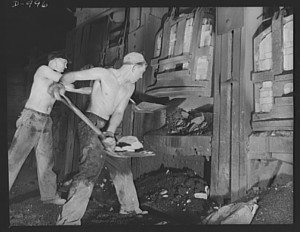
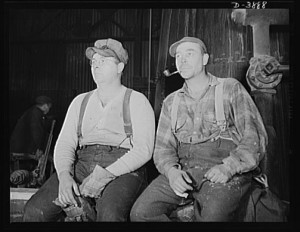
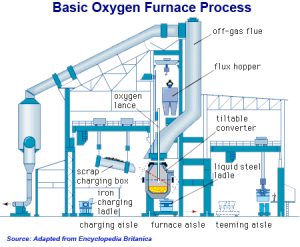
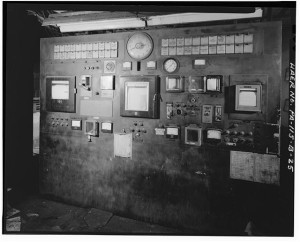
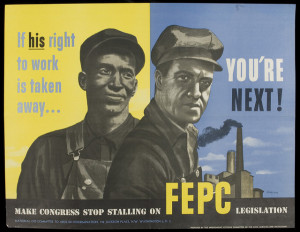
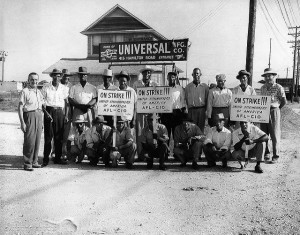
References and Further Reading
On the overall process of steelmaking and the basic oxygen furnace, the classic description is Harold E. McGannon and United States Steel Corporation. The Making, Shaping, and Treating of Steel: 9th Ed, 1971. For a more contemporary description see the American Iron and Steel Institute. For more on the spread of the basic oxygen process see Sharon Oster, “The Diffusion of Innovation among Steel Firms: The Basic Oxygen Furnace,” The Bell Journal of Economics 13, no. 1 (1982): 45–56.
For the introduction of computers and automation in the steel industry, see Katsura, et al, “Computer Control of the Basic Oxygen Furnace,” The Journal of Metals 16(4), 1964: 340-345, and Harold Plant, “Computer Technology in the Metal industry,” Metals Engineering 11(3):4-7.
For more on the effects of automation and technological change on the steel industry, see Allan Collard-Wexler and Jan De Loecke, “Reallocation and Technology: Evidence from the US Steel Industry,” American Economic Review 2015, 105(1): 131–171, or United States Bureau of Labor, Technology and Its Effect on Labor in the Steel Industry, 1994.
For a big picture view of manufacturing in the US, see Michael J. Hicks and Srikant Devaraj, “The Myth and the Reality of Manufacturing in America,” Ball State University Study, 2015.
For some terrifying, though well-founded, predictions on the future impact of automation, see Peter Andrew, John Ip, and John Worthington, “Fast Forward 2030,” CBRE Research Report, 2015, and Carl Benedikt Frey and Michael A. Osborne, “The Future of Employment: How Susceptible are Jobs to Computerization?” Oxford Martin School Working Paper, 2013.
For a history of black workers’ struggles from someone who was on the front line of the fight, see Herbert Hill, “Race and the Steelworkers Union: White Privilege and Black Struggles,” New Politics, vol. 8, no. 4 (new series), 2002, or hear from the steelworkers themselves in the documentary Struggles in Steel: The Fight for Equal Opportunity (1996).
For some classic studies of race in the steel industry, see:
- Ruth Needleman, Black Freedom Fighters in Steel: The Struggle for Democratic Unionism, ILR Press, 2003
- Robert J. Norrell, “Caste in Steel: Jim Crow Careers in Birmingham, Alabama,” Journal of American History 73 (1986): 669
- Dennis C Dickerson, Out of the Crucible Black Steelworkers in Western Pennsylvania, 1875-1980, State University of New York Press, 1986
- John H Hinshaw, Steel and Steelworkers Race and Class Struggle in Twentieth-Century Pittsburgh, State University of New York Press, 2002.
For some data from the period, see Richard L. Rowan and Wharton School Industrial Research Unit, The Negro in the Steel Industry, University of Pennsylvania Press, 1968 and US Department of Labor, “Industry Wage Survey: Iron and Steel,” USDL Bulletin 1602, 1968.
For more on the zero sum perspective on of white America, see Michael I. Norton and Samuel R. Sommer, “Whites See Racism as a Zero-Sum Game That They Are Now Losing,” Perspectives on Psychological Science, 2011, 6:215. For the deep connections between the American right and racism, see Robert C. Smith, Conservatism and Racism, and Why in America They Are the Same, State University of New York Press, 2010 .
For IWW Local 8, see Peter Cole, “Industrial Workers of the World (IWW) Local 8 (1913-1928),” at BlackPast.org. For the IWW’s incarcerated worker’s program, see IWW Incarcerated Workers Organizing Committee. For the ALF-CIO’s efforts for racial equity, see the Labor Commission on Racial and Economic Justice.
Music from Rafi:ki.
[DISPLAY_ULTIMATE_SOCIAL_ICONS]

This work is licensed under a Creative Commons Attribution-ShareAlike 4.0 International License.
6 episodes




